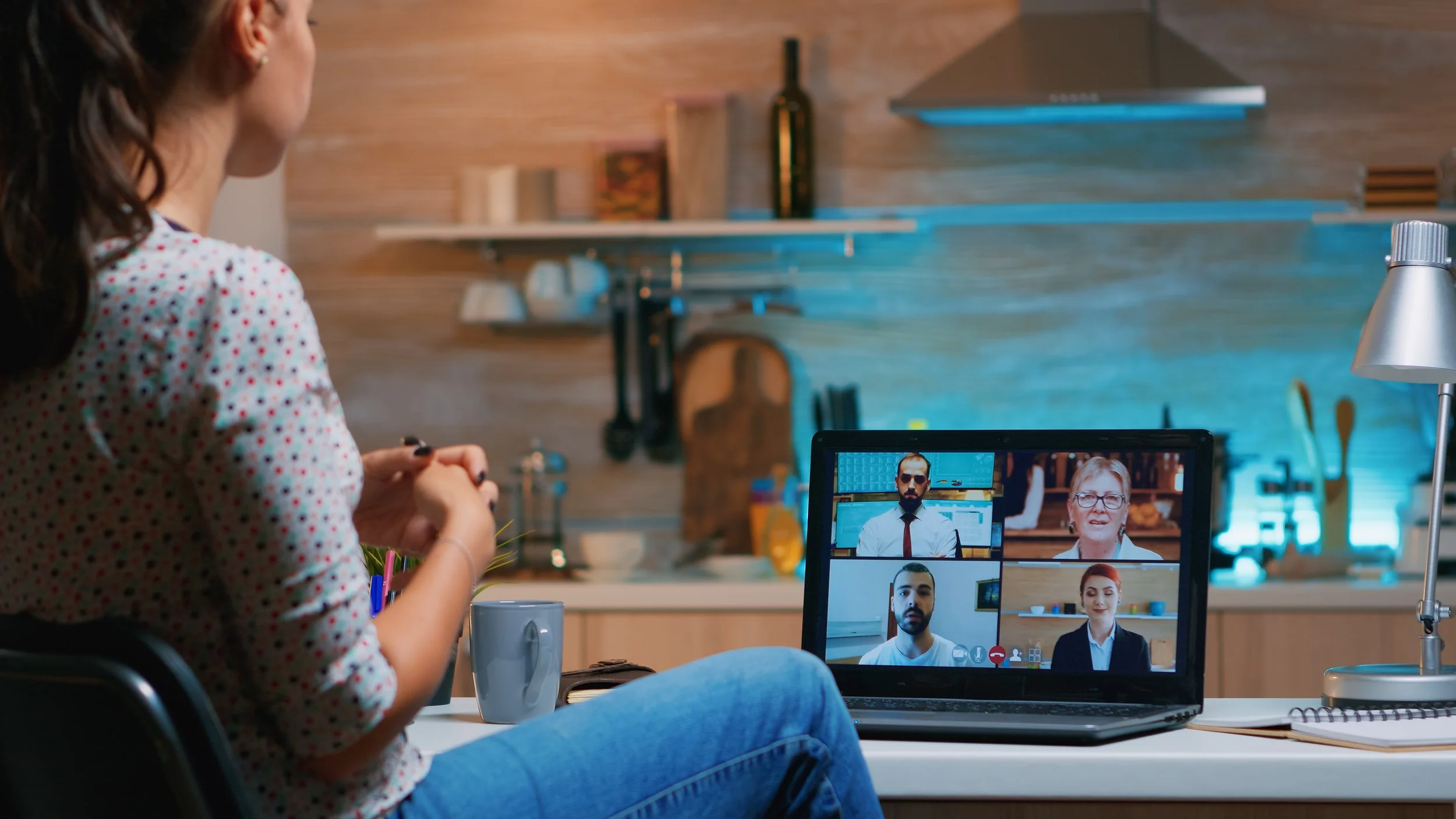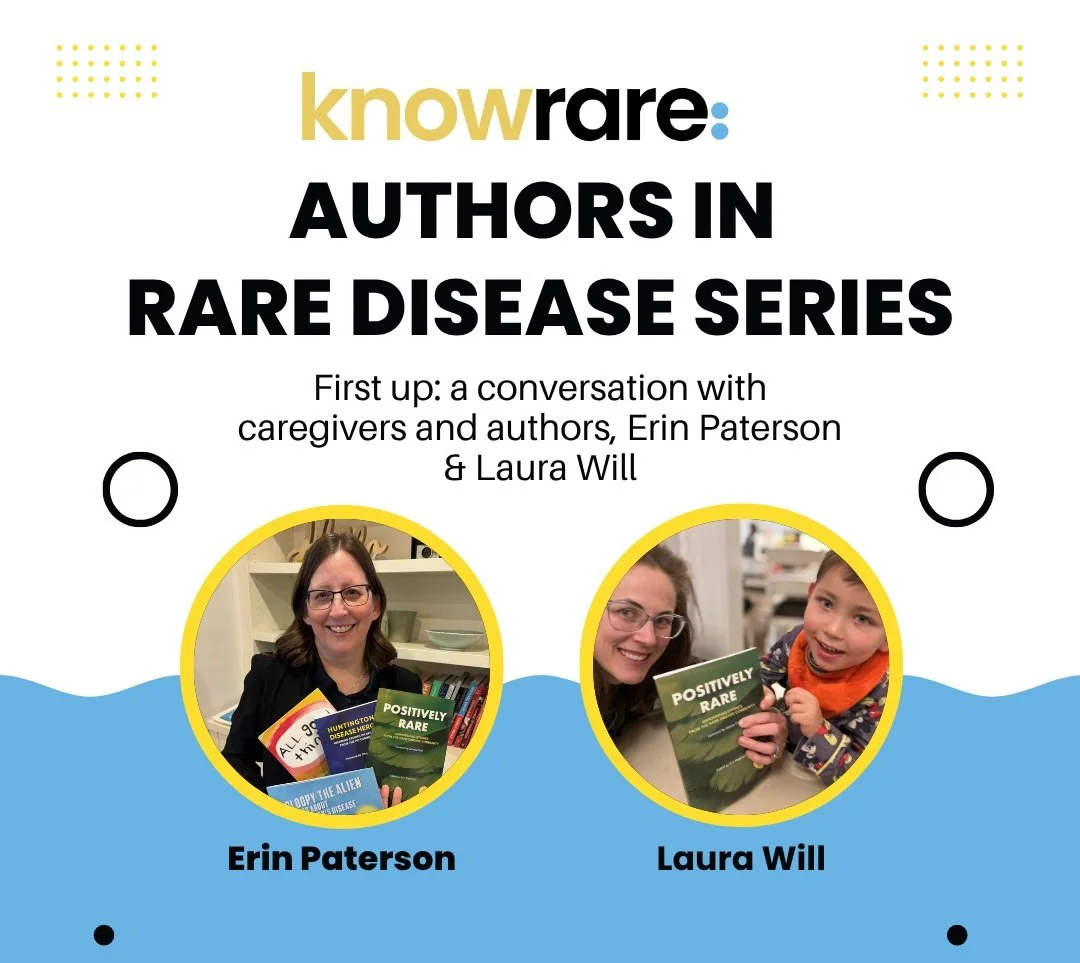Pregnant After Rare: Week 30
As a pivotal diagnostic date approaches, a Rare Mom reflects on the complicated emotions associated with pregnancy.
By Laura Will
“Congratulations!”
“Thanks,” I respond, with a slightly strained smile. I am excited, right? There must be excitement mixed in with all the rest of it. You see, I have a child who was born with a rare condition—he is extraordinary, medically complex, disabled, with a limited life expectancy. So the whole concept of bringing a new life into this world is laced with trauma. It is unsettling, uncertain, and yes, exciting. While appropriate and appreciated, a simple congratulatory remark fails to acknowledge the complexity of the decision to become pregnant again and the mercurial emotions that will emerge throughout the forty weeks.
The First Trimester
When the pregnancy test turned positive, my mind ricocheted between hope and anxiety. We wanted this—and yet there had always been more questions than answers when my husband and I talked about having another child. In the time between our son’s rare diagnosis and the conception of our current pregnancy, we did everything we could to understand the recurrence risk.
“This time of waffling—of anticipating a heartbeat, of fearing the unknowns, of searching for trust in a future that we could not yet inhabit—was unnerving.”
We tried for three years to find the exact genetic cause for our son’s rare brain malformation. When all the clinically available tests returned with no “pathogenic variants of known significance,” we turned to researchers who evaluate full genomes with ever-evolving techniques and software. We waited. And waited. We were told to trust that our family’s DNA was being compared to others with similar clinical profiles, and cross-checked with newly discovered genes on an intermittent basis. No news continued to be no news. Meanwhile, our biological clocks were ticking.
In early April, our son underwent a high-resolution MRI in hopes of visualizing any additional clues to help answer the questions of what and why: what exactly is this rare brain malformation, and why, be it genetics or some other reason, did it manifest? The results revealed a brain as unique as the little boy who houses it, further confirming there is no roadmap, no certainty. As we reviewed the MRI and all the genetic investigations to date, our trusted neurologist said that her clinical instincts were telling her that we were probably in the category of a “de novo mutation,” with a very low likelihood of recurrence—as compared to an ‘autosomal recessive mutation,’ with a one-in-four likelihood of recurrence.
Were her clinical instincts and sense of genetic probability enough? The answer was yes and no. Yes, it was enough to take an extraordinary leap of faith—and no, it was not enough to squelch the intermittent panic.
In vitro fertilization would have done nothing to control our risk because we do not have a known gene for which we could screen. So we got pregnant the good old-fashioned way. Within weeks I was exhausted, nauseous, and wondering if I could handle the totality of the decision we had made. I pinned the six-week ultrasound image, a sophisticated bundle of cells with so much potential, on my bulletin board, with a sticky note reading, ‘Hope is a long story.’
This time of waffling—of anticipating a heartbeat, of fearing the unknowns, of searching for trust in a future that we could not yet inhabit—was unnerving. The first trimester of any pregnancy is bizarre. It’s a waiting period, one in which the risk of miscarriage decreases bit by bit with each week, and a dream begins to solidify.
Second Trimester
We made it through the first trimester, and my jeans stopped fitting right around the time I got the call to schedule the first fetal brain MRI.
Working with the maternal-fetal medicine and neonatal neurology teams, we developed a plan: a fetal brain MRI at 20 weeks to ensure that the basic brain structures had started to develop correctly, followed by a repeat fetal brain MRI at 31 weeks to see if the malformation that had occurred in our previous child had happened again. Additionally, we opted into expanded carrier screening and amniocentesis. We wanted to go into this with eyes wide open: no surprises, please.
Week 31 was the earliest the team believed this potential malformation could be detected with certainty…sweet certainty. Thirty-one weeks… I have a newfound appreciation for the tricks time can play when awaiting a pivotal scan.
The MRI machine I climbed into at 20 weeks pregnant was the same MRI machine I had placed my infant son in three-and-a-half years ago on the day of his diagnosis. Like location-activated ghosts, trauma hides in certain locations—and this MRI suite is one of them for me. Perhaps it’s evolutionary adaptive that my brain went into a state of hypervigilance upon returning to a place where my heart shattered unexpectedly. Jittery and distracted, I found a way to go through the motions: removed my jewelry, donned a hospital gown, and slid into a claustrophobic tube for a forty-minute concert of whirring and clanging that mimicked my mental state to an almost comical degree.
The MRI results indicated that the fetus’s brain was developing appropriately for 20 weeks of gestation. This was reassuring news, allowing for an exhale. “Normal,” “unremarkable,” and “appropriate,” are the words in the written MRI report that I stared at and repeated to myself. Nevertheless, this was MRI number one of two. The real test—the one that will confirm the appropriate spacing of the fetus's cortical brain folding—was scheduled for eleven weeks later.
Eleven weeks during which the kicks in my belly transitioned from random flutters to recognizable movements. Those movements became familiar; they are sensations I know I will miss after this child is born.
“There are these sweet moments of innocent abandon, when I find myself simply trusting that it is all going to work out brilliantly.”
Third Trimester - present day
Ten of the eleven weeks between the MRIs have passed, at variable speeds. This week I am noticing a rising hum of baseline anxiety. I know I am slightly detached, still viscerally worried about the untold implications of this tiny being growing within me. Sleep is becoming more disrupted as my body expands to accommodate the increasing demands of its temporary resident.
I’ve washed and folded all the tiny newborn clothes, tucking them into drawers, my fingers alive with anticipation. There are these sweet moments of innocent abandonment when I find myself simply trusting that it is all going to work out brilliantly. We have a name picked out. We say it out loud, but it still seems theoretical.
I am slightly dizzy when I think about next week. I will climb back into the MRI machine and we will finally have an answer to the question: did the malformation recur? I freeze, just typing that question, mental guardrails go up. My nervous system does not understand the laws of probability. I know that history is probably not repeating itself, and yet I feel numb—perhaps this is my mind shielding me from imagining an unlikely future that would take time and unprecedented strength to accept and live gracefully into.
It has been a joyous and complicated thirty weeks. May I suggest that the next time you see someone with a baby bump or learn of a pregnancy, consider replacing the “Congratulations! How exciting!” with “Congratulations! How brave!” I now believe, regardless of the circumstances and the perspectives of the expecting parents, bringing new life into this world is an act of bravery.
About Rare Resiliency:
Rare Resiliency is a monthly column written and/or curated by Laura Will. This column explores the concepts and skills that play a protective role against chronic and acute stress. Each article challenges and encourages the reader to continue to develop that inner steadying strength as they face illness and uncertainty, sorrow and joy.
































